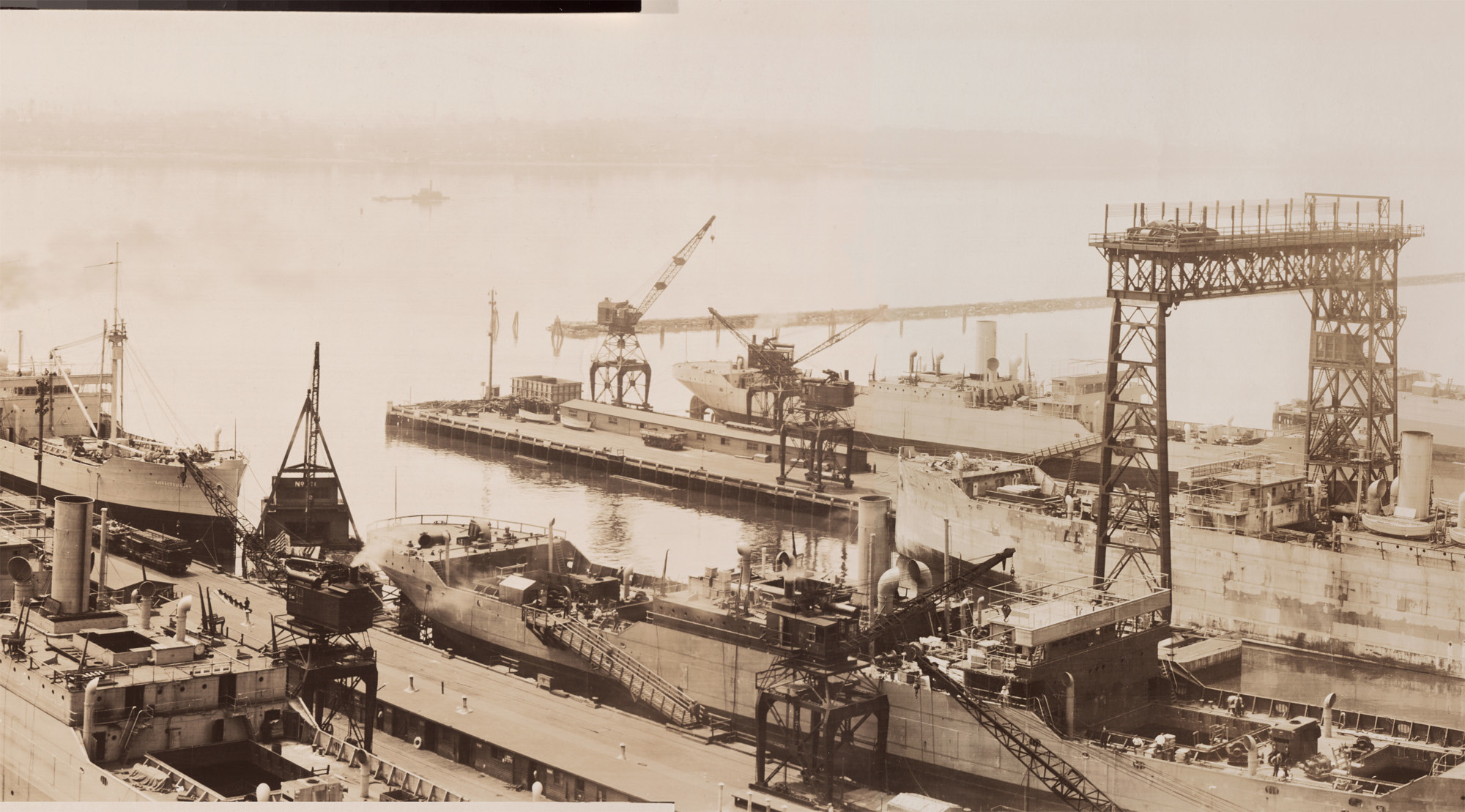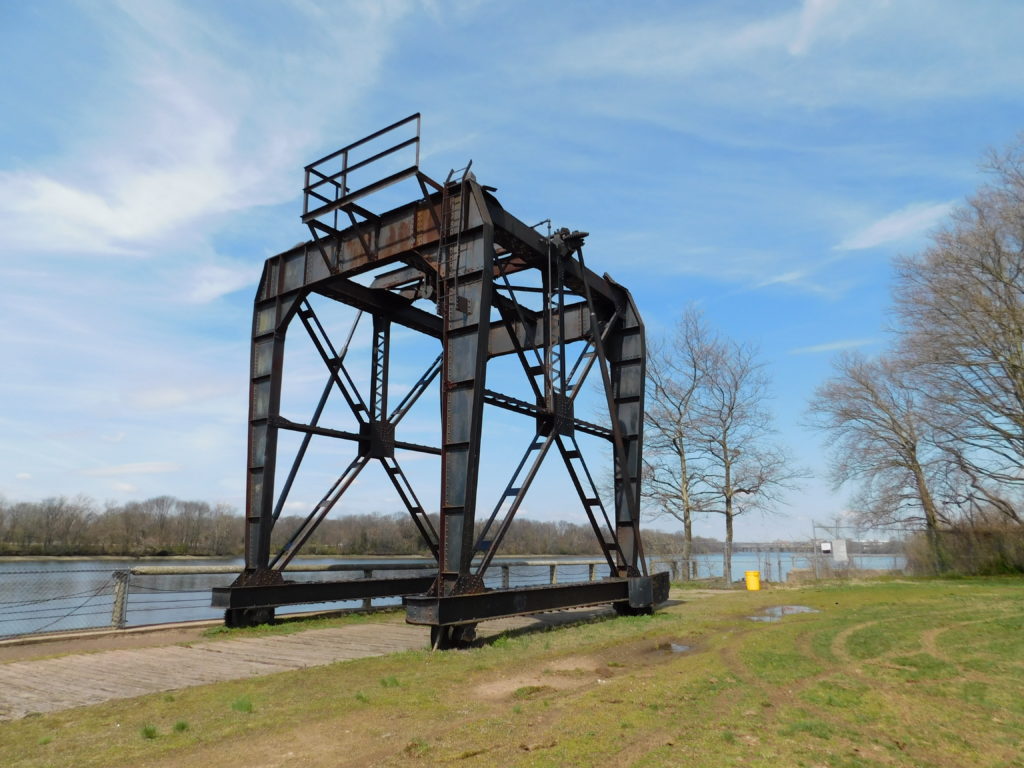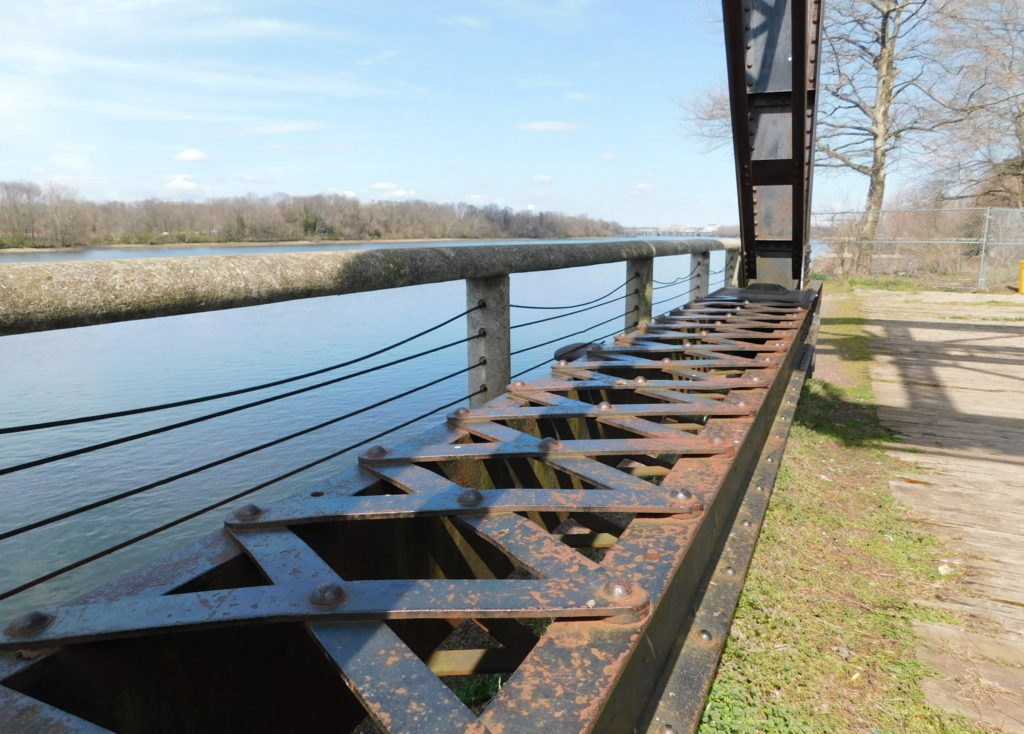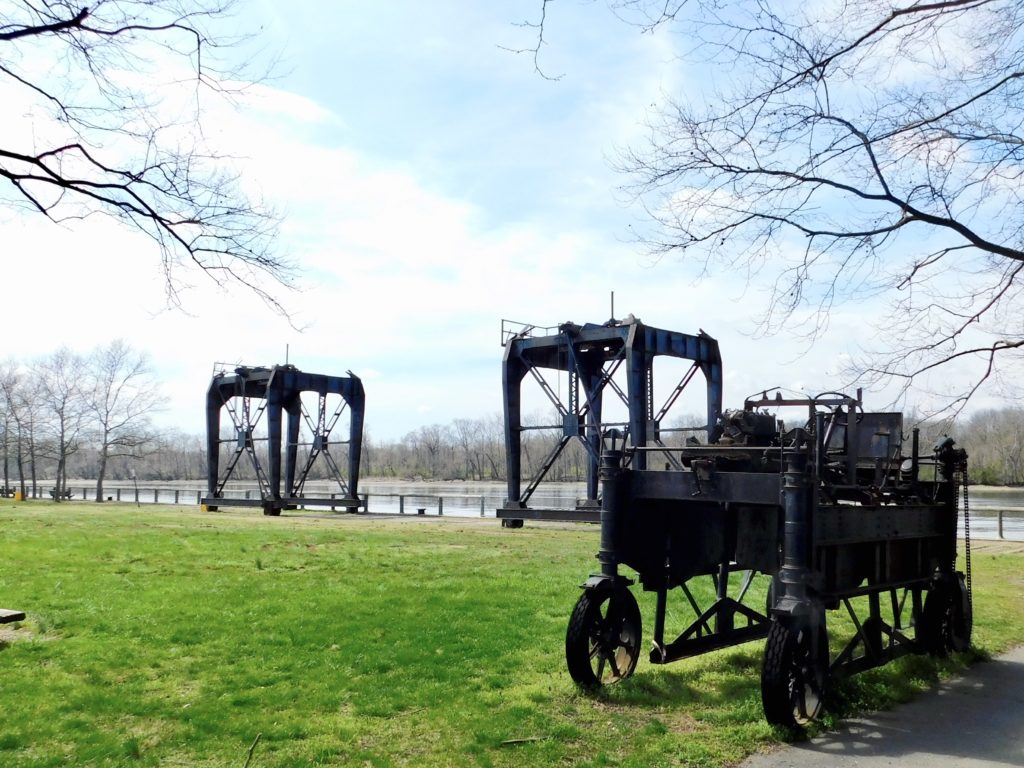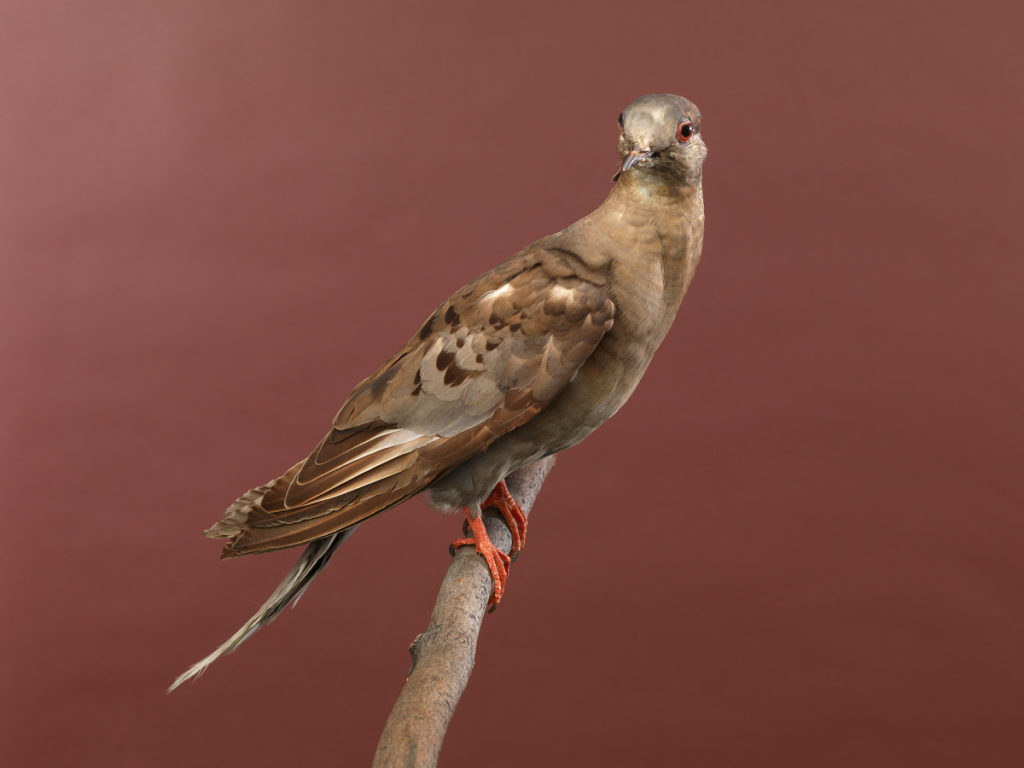No, really, we’ve got nothing better to do. Another one of those songs I had forgotten about (until hearing it on the Friday Night Freakout). Fine, it was supposed to be ironic, but is it really?
Originally released on Black Flag’s 1981 album Damaged, then re-released on their EP TV Party with the actual tv show “Fridays” switched out for “Wednesdays,” for some reason, then included on the Repo Man soundtrack (yeah, I forgot it was on there, too).
That’s Incredible!
Vega$!
